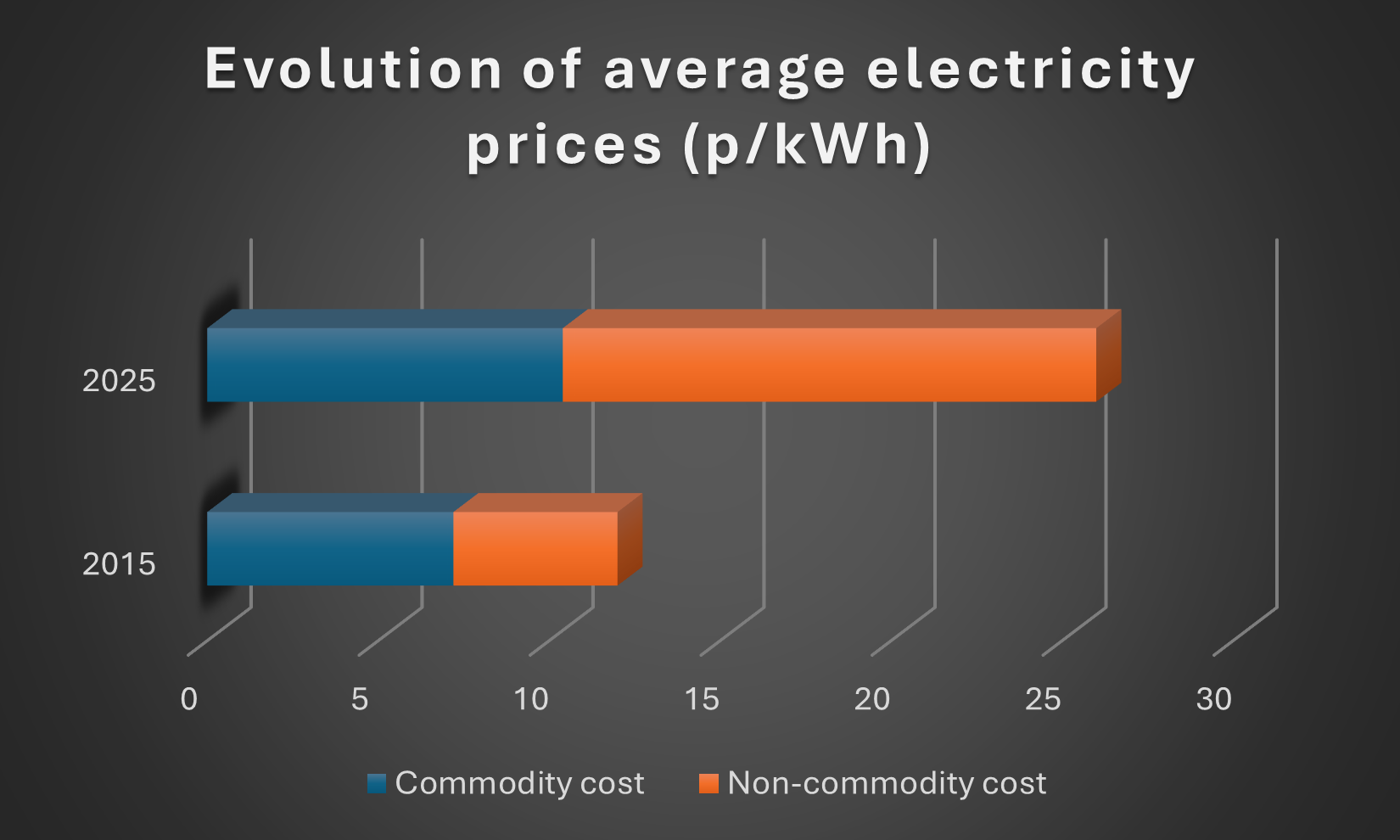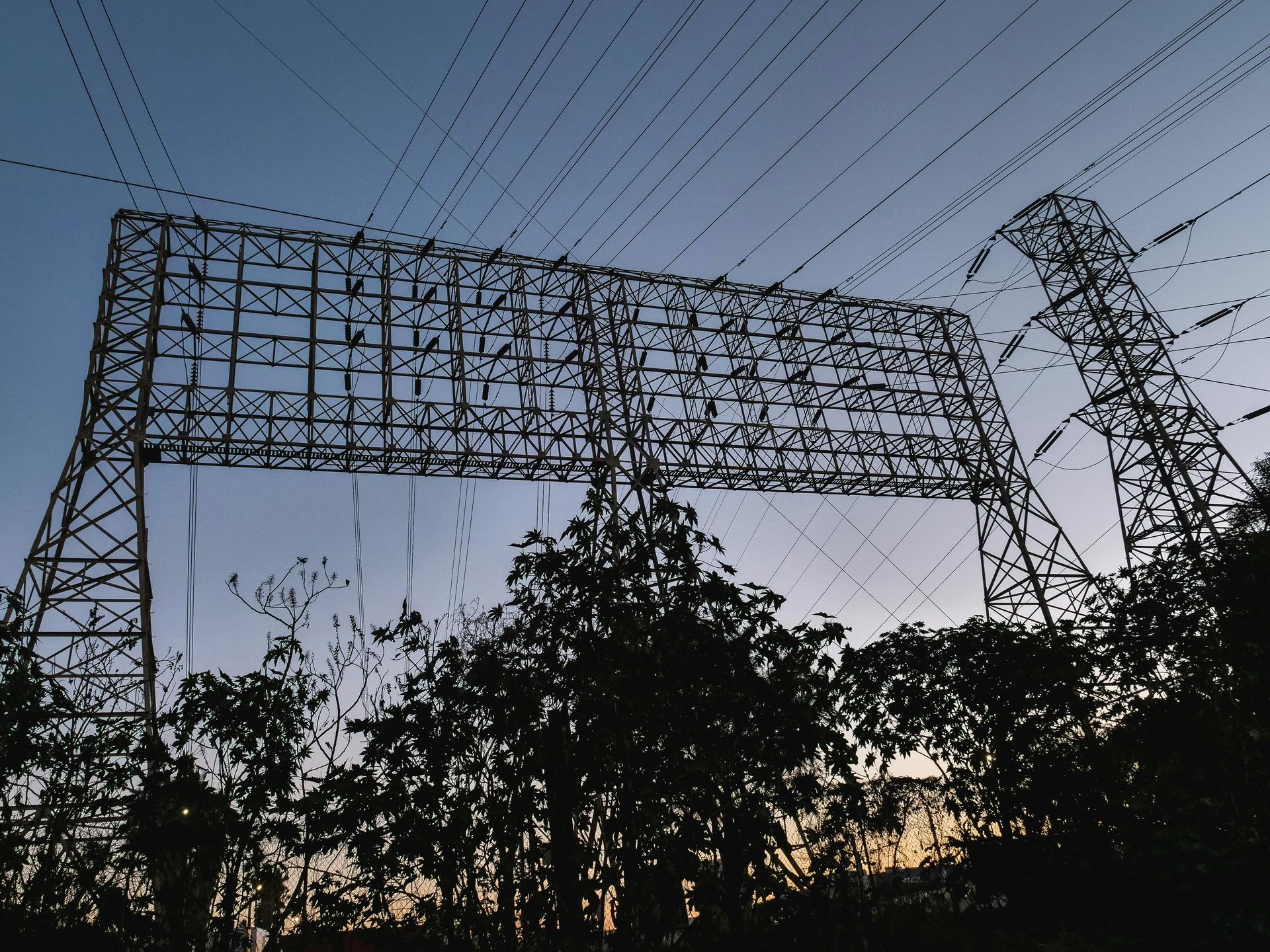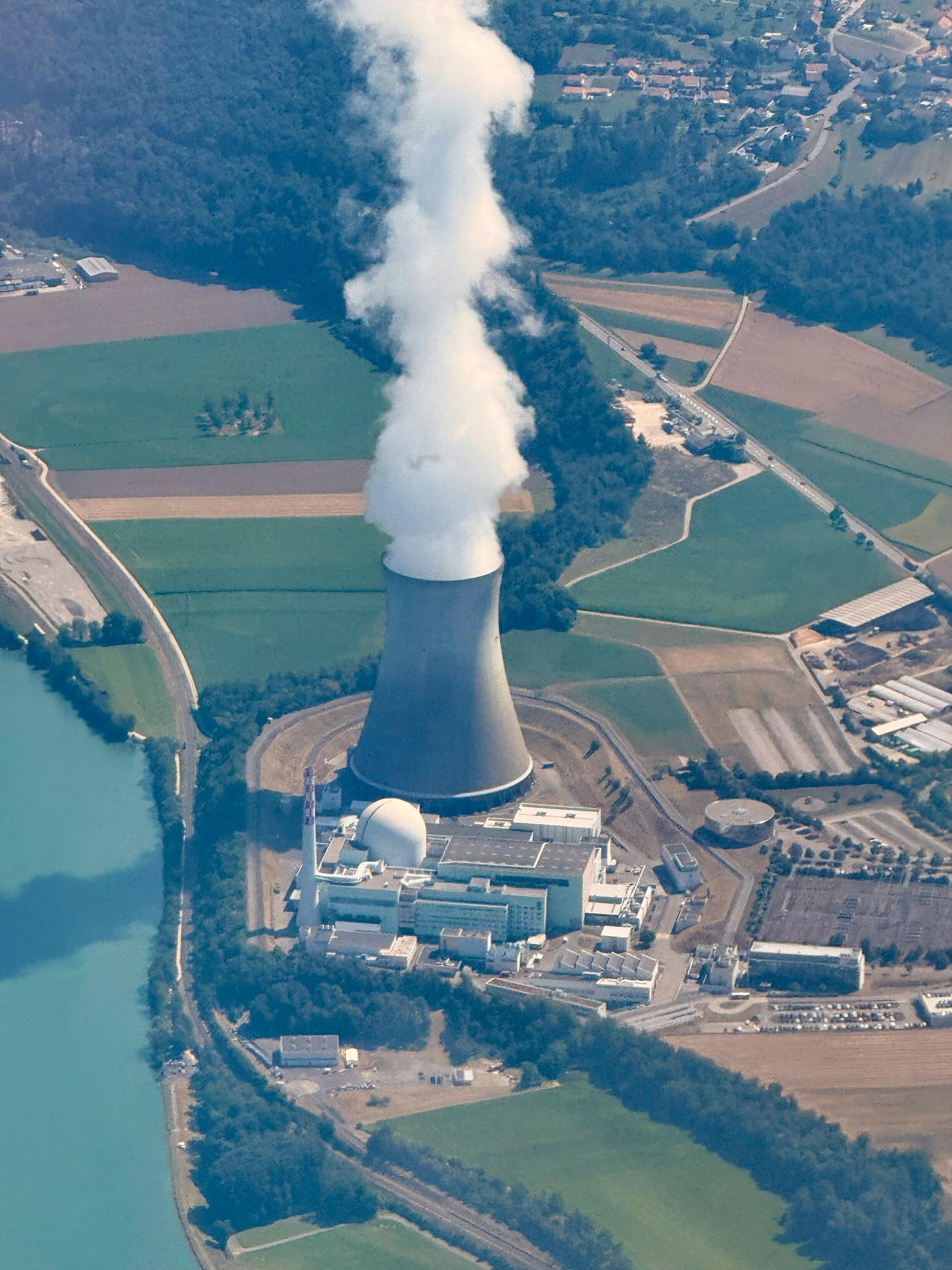MHHS: Market-Wide Half-Hourly Settlements
Market-Wide Half-Hourly Settlement (MHHS)
What is MHHS?
MHHS stands for Market-Wide Half-Hourly Settlement. Currently, most electricity is billed based on estimates or meter reads that can be provided monthly, quarterly, or sporadically. With MHHS, electricity consumption will be accounted for and billed in 30-minute blocks.
The idea is that with more precise, time-based data, suppliers and networks can match supply and demand more accurately. This helps reduce waste and allow more flexibility in how electricity is used across the system.
Who does it apply to?
Previously, only large industrial and commercial users needed to have half-hourly meters, but MHHS is intended to apply across the whole electricity market in Great Britain. This includes domestic consumers, small businesses, large industrial users, and everything in between.
That means most electricity users will be indirectly affected, even if they don’t see anything change in how their meter looks, the rules behind billing and settlement will shift behind the scenes.

What are the major changes?
Here are the biggest differences MHHS will bring:
- More accuracy in billing and settlement
Instead of relying on broad estimates or usage profiles, settlements will use actual (or as close as possible) half-hourly data, making bills closer to real usage. - Shorter settlement cycles
Currently, settlement (reconciling who generated, who consumed, who oversupplied or undersupplied) can take many months and reconciliation takes place every 12 months. Under MHHS, the aim is to reduce that to about four months. - New market segments and roles
The old division between half-hourly (HH) and non-half-hourly (NHH) settlement types will be replaced by new classifications like “Smart,” “Advanced,” and “Unmetered.” Existing agents and roles (like data agents, meter operators) will be reorganised or renamed into “Data Services” and “Metering Services.” - Greater flexibility and smarter tariffs
With more precise data, suppliers can offer new tariffs that are able to be more focused on when energy is used, or incentive schemes where customers shift usage to cheaper off-peak periods.
While many of these changes will be invisible to consumers day-to-day, the underlying systems and billing logic will be overhauled.
When will it happen?
MHHS has already been in planning for several years. In April 2021, Ofgem confirmed its decision to implement MHHS with Elexon appointed as Senior Responsible Owner.
On 22 September 2025, the MHHS system infrastructure officially went live. Following that, from late 2025 onward, MPANs (meter points) will begin migrating to the new system over an estimated 18 months.
By July 2027, the industry aims to run settlement cycles in a four-month window across all participants. This will increase the accuracy with which many Non-commodity charges are applied and decrease the need for major reconciliations.
If your business requires more information about MHHS or advice with its energy procurement, management, or planning, then don’t hesitate to contact Seemore Energy. Our experienced advisors can help you with bespoke strategies and advice that is tailored to your needs.
Contact Us










